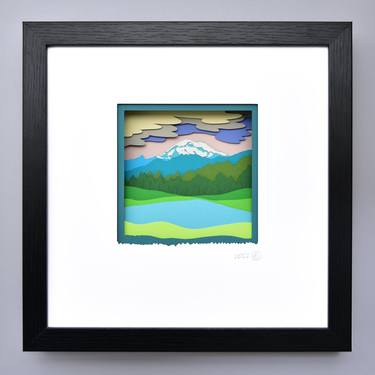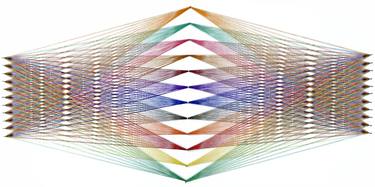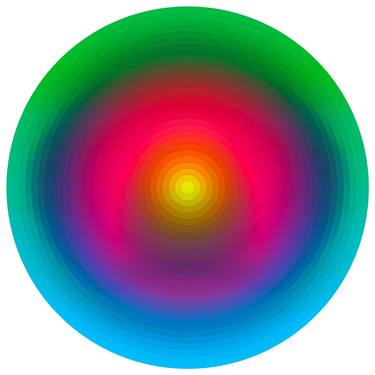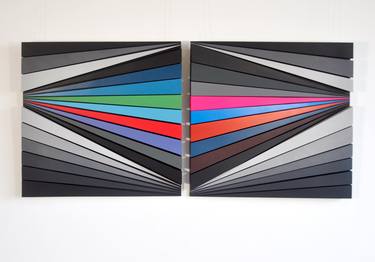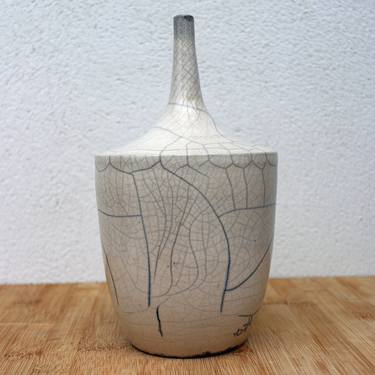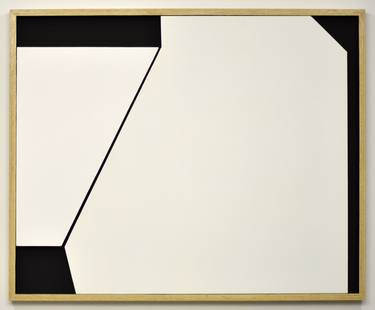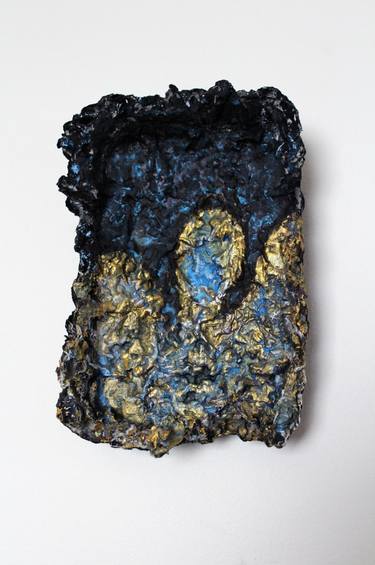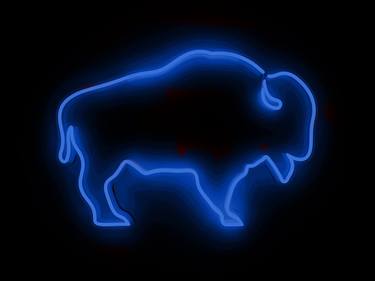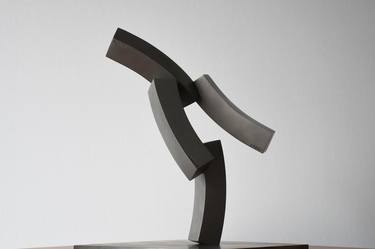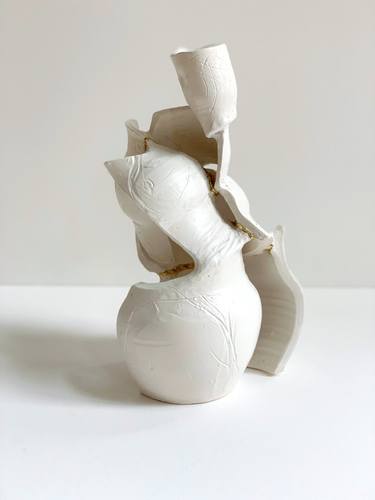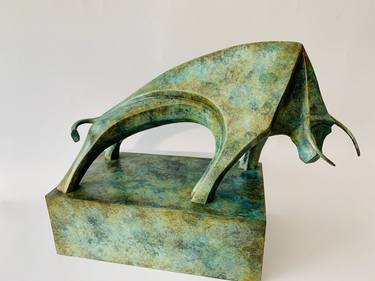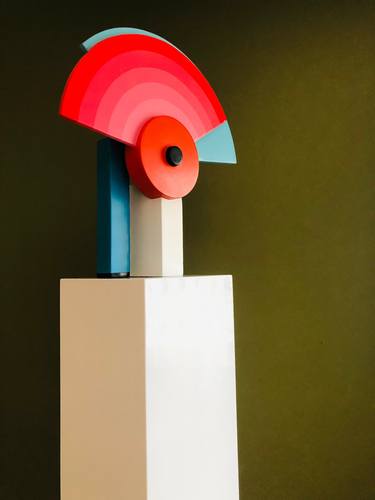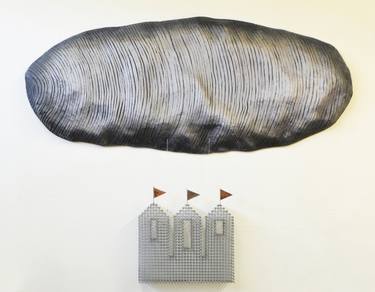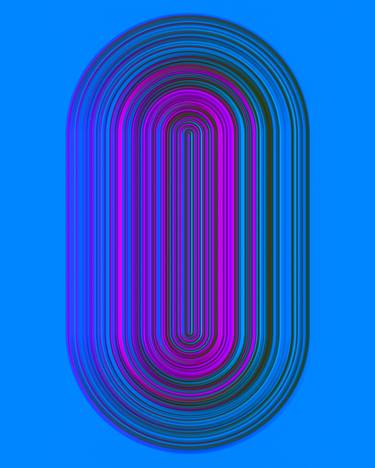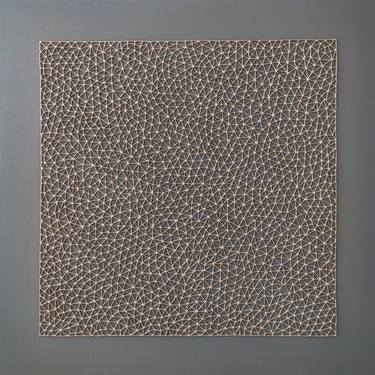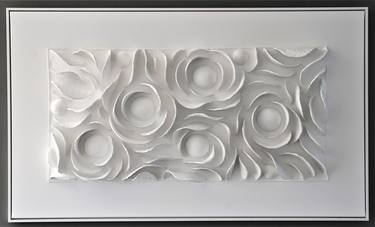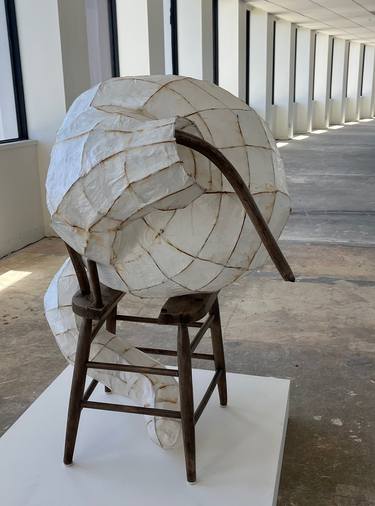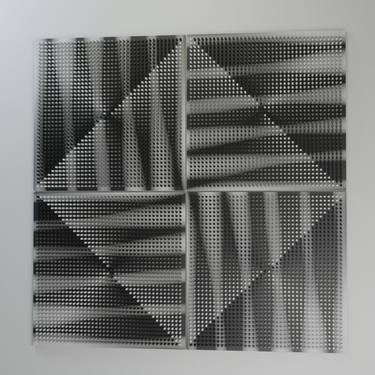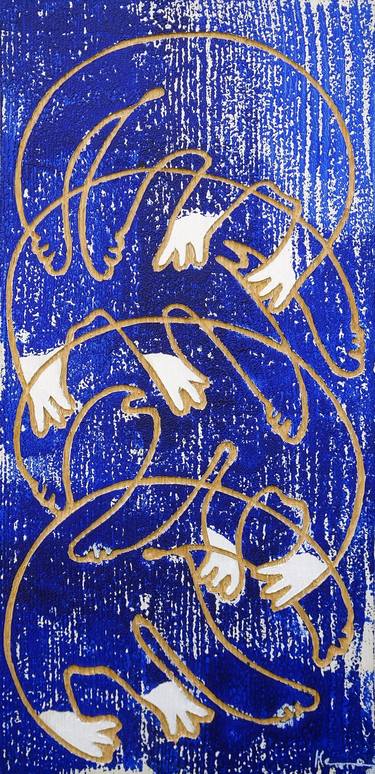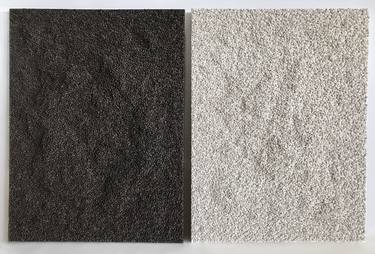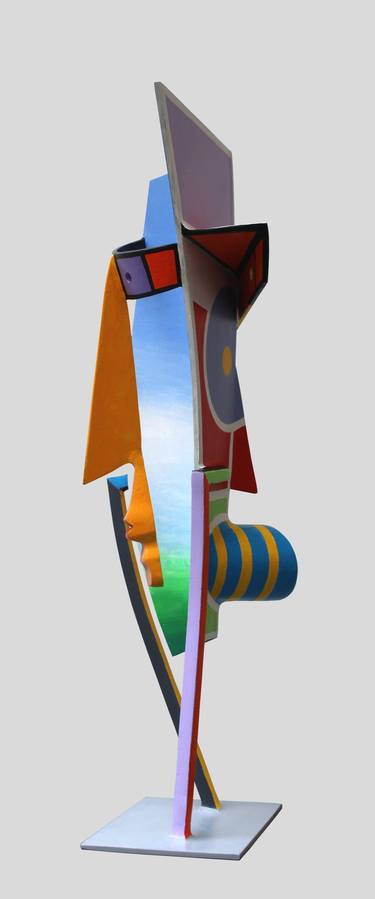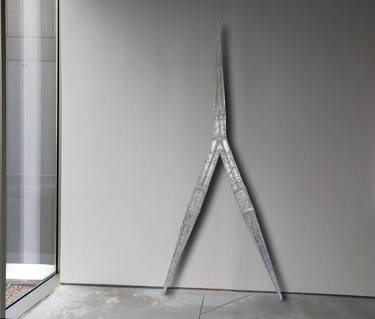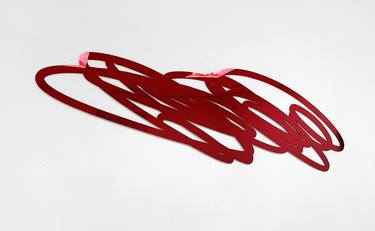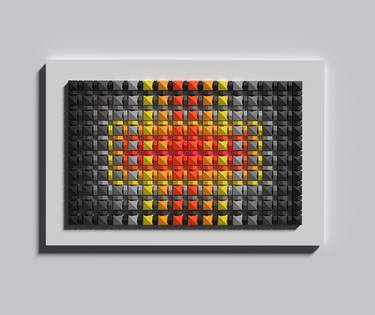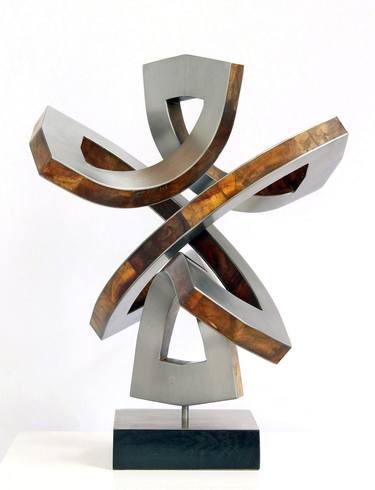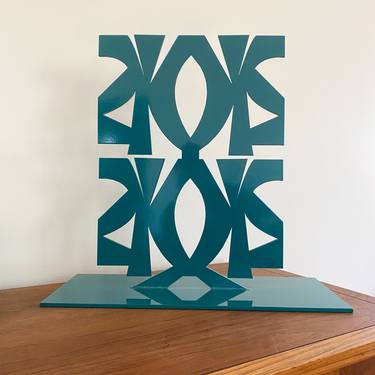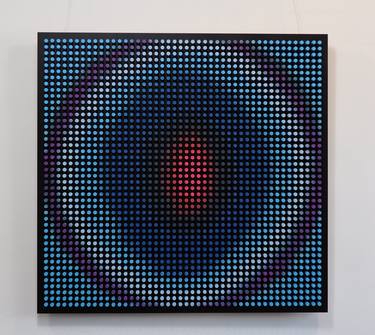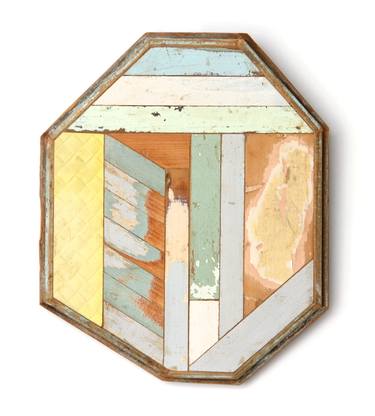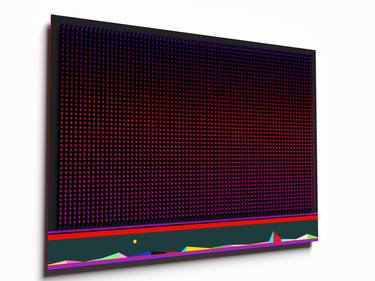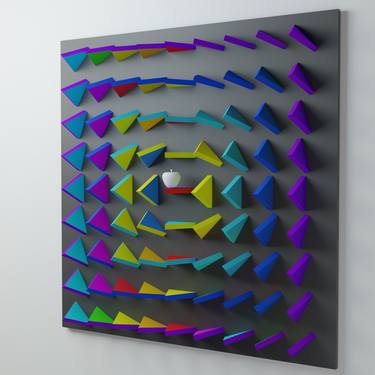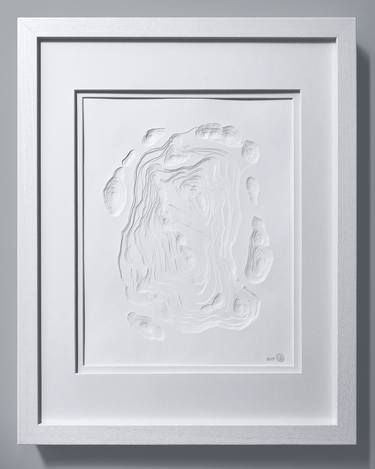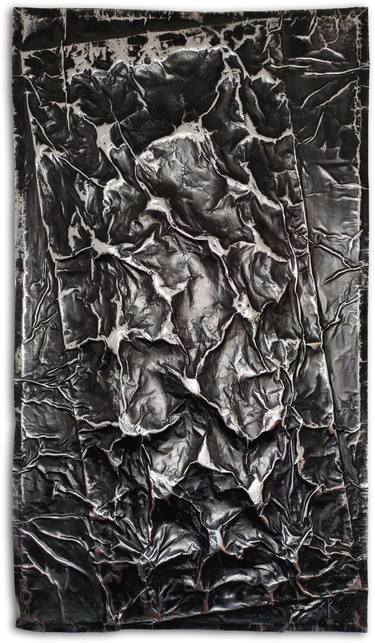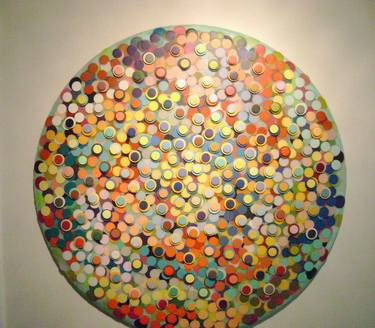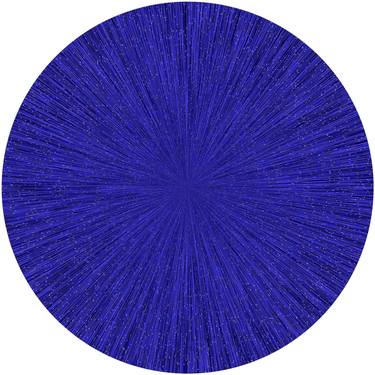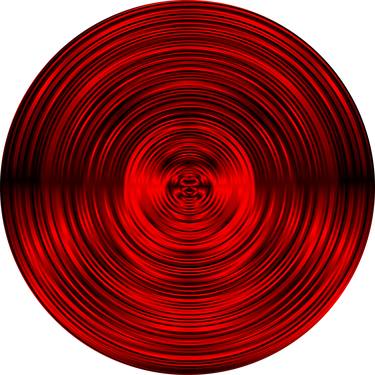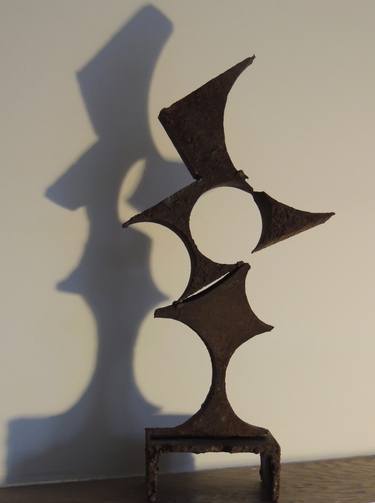Artworks In Your Cart Are Not Reserved.
- All Artworks
- Sculpture
Original Sculptures For Sale
Browse art and see similar matches
Try Visual Search
Category
Filter (1)
Browse our wide-ranging selection of over 33,698 original sculptures by artists working in a variety of mediums. Suitable for both the interior home and outdoor spaces, sculptures anchor a space and are available in numerous textures and colors.
Read More
Filter
Category
Style
Subject
Medium
Material
Price
Size
Orientation
Color
Artist Country
Featured Artist
Sculpture
, 15 W x 25 H x 22 D in
United States
$3,200
Prints from $40
Sculpture
, 9 W x 9 H x 1 D in
United States
$540
Sculpture
, 49 W x 25 H x 1.5 D in
India
$1,590
Prints from $100
Sculpture
, 7.9 W x 7.9 H x 2 D in
Germany
$460
Sculpture
, 39.4 W x 39.4 H x 1.2 D in
France
$5,130
Sculpture
, 55.1 W x 27.6 H x 2.4 D in
Ukraine
$3,320
Sculpture
, 22.4 W x 22.4 H x 2.2 D in
Switzerland
$1,900
Sculpture
, 4.3 W x 8.7 H x 4.3 D in
Belgium
$560
Sculpture
, 39.4 W x 32.3 H x 1.9 D in
Spain
$3,600
Prints from $40
Sculpture
, 9.4 W x 9.4 H x 0.4 D in
Netherlands
$470
Sculpture
, 5 W x 7 H x 2 D in
Canada
$300
Prints from $40
Sculpture
, 30 W x 21 H x 3 D in
United States
$2,665
Sculpture
, 57 W x 77 H x 46 D in
$111,230
Prints from $80
Sculpture
, 7 W x 12 H x 7 D in
United States
$2,450
Sculpture
, 20 W x 20 H x 2.5 D in
United States
$2,060
Sculpture
, 7.9 W x 12.6 H x 16.5 D in
France
$9,260
Sculpture
, 15.7 W x 19.7 H x 7.9 D in
Mexico
$6,140
Sculpture
, 36.2 W x 29.1 H x 3.1 D in
Netherlands
$2,460
Sculpture
, 31.5 W x 39.4 H x 0.8 D in
Slovakia
$8,350
Sculpture
, 20.1 W x 23.6 H x 2 D in
Germany
$3,410
Prints from $100
Sculpture
, 35.4 W x 35.4 H x 0.8 D in
France
$2,590
Prints from $40
Sculpture
, 58.3 W x 34.6 H x 5.9 D in
Netherlands
$3,720
Sculpture
, 12.2 W x 19.3 H x 2 D in
Australia
$1,230
Sculpture
, 35 W x 39 H x 36 D in
United States
$13,500
Sculpture
, 13.4 W x 7.9 H x 7.9 D in
Serbia
$5,600
Prints from $43
Sculpture
, 63.8 W x 63.8 H x 2 D in
Ukraine
$9,690
Sculpture
, 5.5 W x 11.8 H x 0.4 D in
France
$620
Prints from $40
Sculpture
, 72 W x 48 H x 4 D in
United States
$90,550
Prints from $40
Sculpture
, 15.7 W x 26.8 H x 9.4 D in
Netherlands
$5,090
Sculpture
, 31.5 W x 71.7 H x 4.3 D in
Austria
$6,110
Sculpture
, 56 W x 18 H x 0.3 D in
United States
$4,300
Sculpture
, 35.4 W x 23.6 H x 2 D in
Ukraine
$4,080
Prints from $100
Sculpture
, 10.6 W x 13.8 H x 10.6 D in
Germany
$6,380
Sculpture
, 20.5 W x 20 H x 8 D in
United States
$2,040
Sculpture
, 37.8 W x 36.2 H x 2 D in
Ukraine
$2,080
Sculpture
, 10.2 W x 12.4 H x 0.8 D in
Australia
$1,010
Sculpture
, 32 W x 32 H x 2 D in
Ukraine
$3,030
Sculpture
, 63 W x 47.2 H x 2 D in
Ukraine
$6,110
Sculpture
, 32 W x 26 H x 2 D in
United States
$2,665
Sculpture
, 36 W x 38 H x 2 D in
Ukraine
$4,150
Sculpture
, 5.5 W x 12.2 H x 2.8 D in
Belgium
$560
Sculpture
, 12.6 W x 18.1 H x 5.9 D in
Germany
$6,270
Sculpture
, 39.4 W x 39.4 H x 6.7 D in
Ukraine
$4,440
Sculpture
, 28 W x 7 H x 3 D in
United States
$2,060
Sculpture
, 8.5 W x 11 H x 0.3 D in
United States
$695
Sculpture
, 36.6 W x 64.2 H x 2.8 D in
Austria
$4,020
Sculpture
, 24 W x 24 H x 1 D in
United States
$1,060
Sculpture
, 39.4 W x 39.4 H x 1.2 D in
France
$5,620
Sculpture
, 31.5 W x 31.5 H x 0.8 D in
Slovakia
$3,310
Sculpture
, 9.8 W x 18.9 H x 3.9 D in
Uruguay
$2,740
50 Results Per Page

